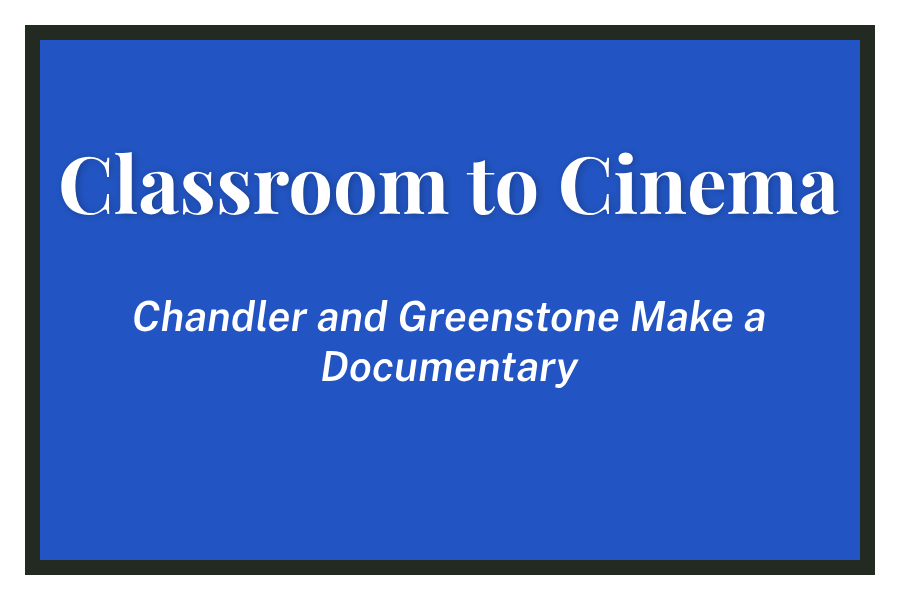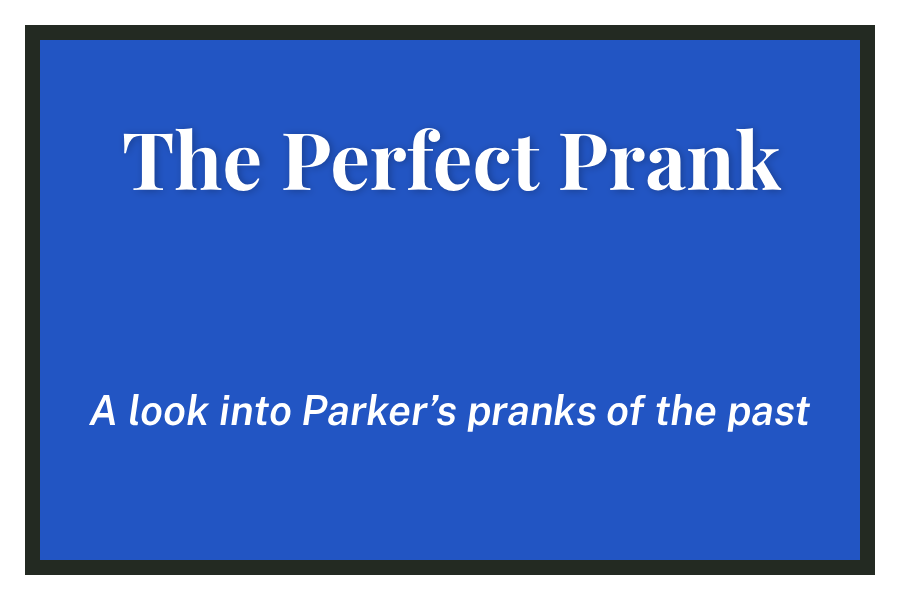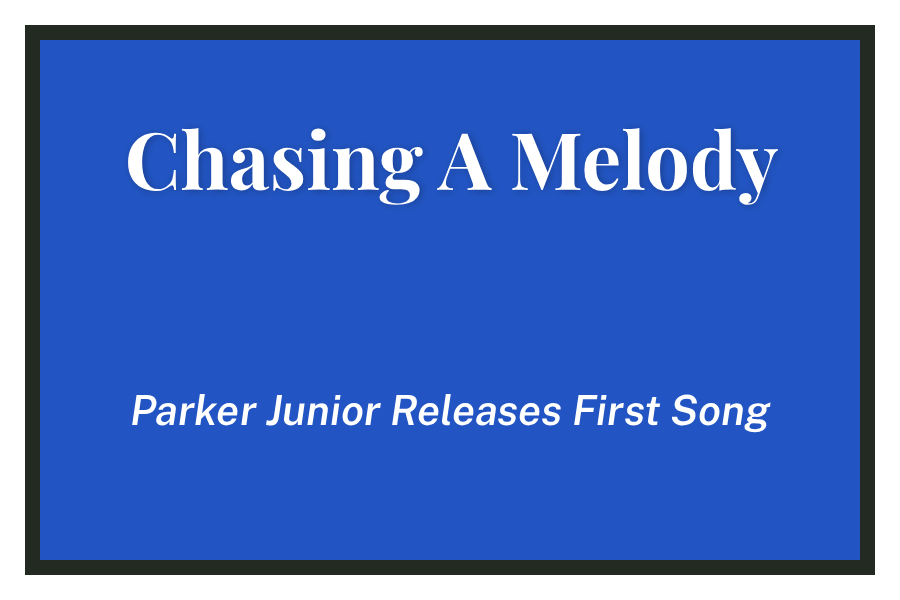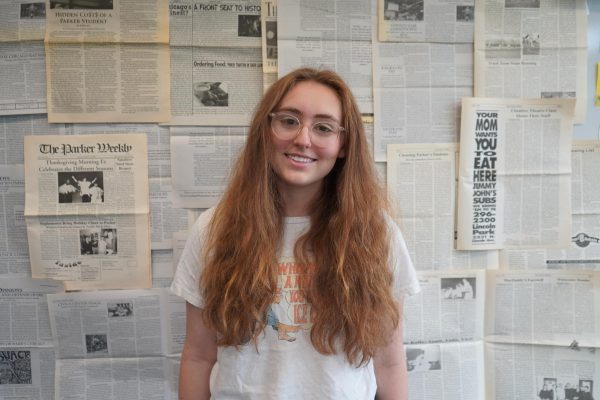To the naked eye, it might seem as though the people living on this plot of untouched land in California had simple, charmed lifestyles. But, if one looked a bit closer, they would soon figure out that this was not the case.
The Zendiks, a group of environmental extremists, took pride in their way of living. Intentionally preserving their resources, these men and women lived severe sustainable lifestyles.
A year and a half ago, Visual Arts and Graphic Design teacher Travis Chandler and Upper School history teacher Dan Greenstone began uncovering the stories of members of this community through a documentary. Since its disbanding in 2013, these people who were once living extraordinary lifestyles have since been forced to return to the modern ways of living. This documentary in the making focuses on their lives now, as well as what they experienced during their time in the Zendik Farm community.
During Greenstone’s famed “Guns, Germs, and Steel” unit in his freshman history class, students frequently fled to Chandler for assistance with their short films. “I kept getting students showing up that were in somebody else’s class that needed help with their movies, and those students kept coming,” Chandler said.
After a few of Greenstone’s students in his Sociology of Sports class made a movie that received 35,000 views on YouTube, Greenstone thought his class could not only be about the content of the movie but actually about piecing it together. “Maybe we should team up and create a class together where we make the films about history, and I teach them how to research and interview, and you (Chandler) teach them how to frame a shot and all the editing…” Greenstone said.
During this class, Creating Historical Documentaries, students are expected to document a Chicago-oriented story on camera. Searching for sources, students often go on excursions with their partner in this project and interview people they think would have an interesting perspective on their chosen topic. “The field trip portion is an interesting aspect of the curriculum because obviously people out in the world generally do not have schedules that align with the school day. They’re at work during the day and available during the day or early afternoon, which is the time when you’re usually in school,” Beckett Nikitas said.
Each documentary must be less than fifteen minutes long and made completely with the voices of those being interviewed. “The trend of documentaries in the past several decades has been moving away from narrators. It used to be that you always had a narrator who’s getting through all of it, and now it’s even frowned upon to have yourself asking a question,” Nikitas said. The idea is that subjects tell their own perspective instead of the narrator. “You want the entire story to be told through an interviewee and their audio and their voice,” Nikitas said.
Considering Greenstone and Chandler both have full time jobs, they work on their documentary mostly during the summer as well as during an occasional meeting after school. This work tends to involve travel, and during these excursions, Greenstone and Chandler often make contact with interesting individuals. “We traveled all the way to North Carolina, and we shot an interview with a former member of the Zendik community, spent all day with her. [She is a] very interesting person, visually interesting because she had a pet bird that sat on her head a lot, which is just good for movies,” said Chandler. Unfortunately, after the hours of preparation and travel, this woman decided that she did not want to be included in their film. Considering the amount of time that they must’ve spent making arrangements for travel, curating questions, and funds spent, this must’ve been quite a disappointment.
All in all, this process takes resources – both time and money. Fortunately, the Parker community has provided support for their work.
“We have received a lot of support from Parker through a grant program, and we are extremely grateful for that support. We couldn’t have done it without them, and we love being at a school that supports this kind of work by teachers, and we feel that our experience doing it totally enriches the classes that we teach because we’re going through a lot of the difficulties and struggles that our students are when they’re making films. We’re literally having the same issues at exactly the same time, and I think that’s very helpful in our ability to guide students.”










